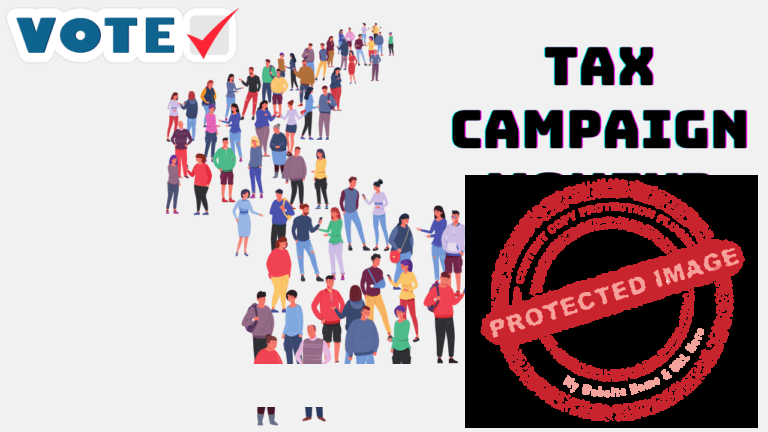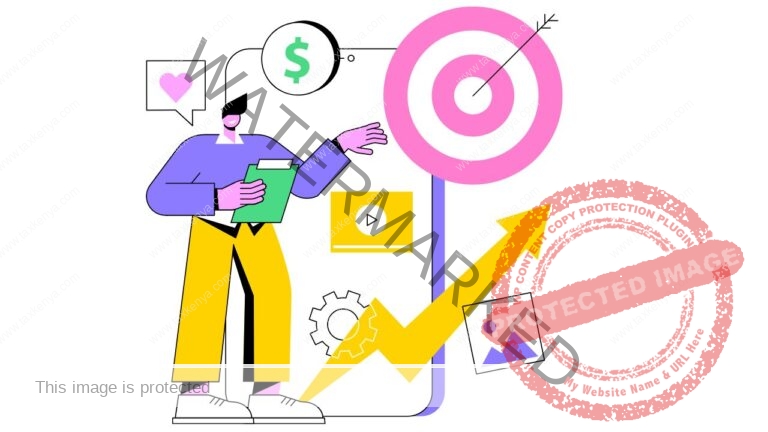The government imposes indirect taxes and taxpayers. The impact and incidence of taxes are not on the same person.
Although the taxpayer is responsible for paying the taxes, designated tax agents are responsible for collecting and remitting them to the government.
a. Affiliate Disclosure: These are affiliate links from which we receive a commission at no cost. Read full Affiliate marketing disclosure HERE.
b. Tax Contents Disclaimer: The tax industry in Kenya is very dynamic. The tax contents in the posts are not professional advice. Read full disclosure HERE.
Therefore, the impact and incidence are different for different people. For instance, registered tax agents collect an indirect tax, known as VAT, from customers of taxable goods and services and remit the money to the government.
Therefore, the impact and incidence are different for different people. For instance, registered tax agents collect an indirect tax, known as VAT, from customers of taxable goods and services and remit the money to the government.
An example of indirect taxes
There are several examples of indirect taxes. The following are some of the taxes:
- Value-added tax
- Excise tax
- Sales tax
Indirect taxes have several advantages and disadvantages for taxpayers.
Advantages of indirect taxes to taxpayers
The following are some of the advantages of indirect taxes to the taxpayer:
a. Convenient
In some countries, the payment of indirect taxes is very convenient. This is because indirect taxes are paid only when a good or service is consumed. Besides, unless a person is a registered tax agent, they do not put aside time to go and pay indirect taxes. They pay the tax as they continue doing their normal day-to-day activities, such as consumption of goods and services (e.g. lunch), purchase of various items for the business, etc.
b. Less burdensome
Indirect taxes are not paid in a lump sum but in small quantities as the consumption and purchase of goods or services occur. For example, if one consumes goods or services subject to indirect taxes such as VAT, they will pay according to their monthly consumption.
Therefore, indirect taxes are less burdensome. This cannot be compared with direct taxes, such as income tax on employment income, where the tax is deducted once at the end of the month and remitted to the tax authority.
c. Manageable
Indirect taxes are not paid as a one-off payment but are continuously paid as the taxpayers consume or purchase the goods and services. For example, VAT is paid along the supply chain. The consumer who pays 100% VAT bears the final VAT burden. This is only for what they consume as final consumers.
d. Less Painful
Most prices of goods or services subject to indirect taxes are tax-inclusive. For example, most goods and services are VAT-inclusive. Hence, taxpayers may not be aware of the indirect taxes that they are paying. Therefore, the buyers of the goods and services do not experience the pain of paying indirect taxes. Hence, they may not feel the pain of paying taxes.
e. Ability
Consumers of goods and services subject to indirect taxes pay the tax according to their ability to consume or purchase the goods and services. Consumers can limit their consumption according to their ability to pay.
This section discussed some advantages of indirect taxes for taxpayers. However, there are disadvantages of indirect taxes to taxpayers.
What are the disadvantages of indirect taxes for taxpayers?
There are several disadvantages of indirect taxes for taxpayers. The following are some of the disadvantages of indirect taxes:
a. Negative effect on taxpayers
Indirect taxes result in increased prices. When indirect taxes such as VAT and excise taxes are imposed on such items as alcoholic drinks, food items, manufacturing raw materials, electricity, bottled water, etc., the prices increase. However, it is the final consumer who bears the price increase. Hence, indirect taxes increase prices and affect taxpayers negatively.
Those consumers who find that they cannot afford the high prices seek cheaper alcoholic drinks, which may affect their health. Subsequently, the price increase affects tax collection since the manufacturers of some of the cheaper alcoholic drinks may not be registered taxpayers with the tax authority. Hence, indirect taxes are a disadvantage to taxpayers.
b. Regressive tax
The majority of indirect taxes have a flat tax rate. This makes indirect taxes regressive because the tax systems do not distinguish between people in different social strata. The tax rates are the same, irrespective of whether the consumer is wealthy or poor.
For example, the general tax rate for VAT in Kenya is 16%. This tax rate applies to everyone, irrespective of their social status. A street boy and the corporate chief pay tax at the same rate. Hence, the tax burden is less on the wealthy than on the poor. Indirect tax systems do not satisfy the canon of equity. Hence, indirect taxes are a disadvantage to some taxpayers.
c. Effects on employment
When indirect taxes are imposed, they increase the prices of goods and services. When the prices of goods and services increase, demand will decrease. This will affect production negatively. When the producers face reduced markets for their goods and services, they can no longer afford to employ their workers. The only alternative that employers have is to lay off the workers. This affects employment negatively.
d. Higher cost of living
When indirect taxes are imposed, the country’s prices of goods and services will increase. This negatively affects the production cost of goods and services since the workers demand higher salaries and wages, resulting in higher prices. The price movements result in inflationary pressures in the economy, resulting in a higher cost of living. This is disadvantageous to taxpayers.
e. Lack of public awareness
When people pay indirect taxes, they are unaware they are paying them. For example, when one takes lunch in a restaurant, they pay the bills without even noticing the amount of VAT they pay. There is no direct effect on consumers. Hence, their awareness of taxes is limited. Therefore, indirect taxes do not create public awareness about paying taxes to most taxpayers. This is a disadvantage to the taxpayer.
f. Responsibility to collect tax
Registered taxpayers have the responsibility to collect indirect taxes along the supply chain. However, the final consumer is the one who bears 100% of the tax. In the event that registered taxpayers fail to collect the tax, they are penalized for it. Hence, indirect taxes add extra responsibility to registered taxpayers.
g. Requirement to maintain records
The government requires that all registered taxpayers maintain tax records for the taxes that they collect on behalf of the government, including records for indirect taxes. The taxpayers should maintain the records and submit them to the government when required with no delay.
h. No exemptions
Indirect taxes, unlike direct taxes, do not have exemptions for low-income groups. This often results in injustices for low-income groups. For example, in Kenya, VAT is at 16%. Irrespective of the income that one earns, the tax rate remains the same.
Feel free to send us questions or topics on tax and investments in Kenya that you would like covered on this website.
Email: taxkenya@gmail.com



